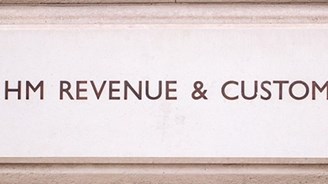Deferred Tax and the increased Annual Investment Allowance

Deferred tax must be provided for on a Full Provision basis (para 7 of FRS 19 and para 9.4 of the FRSSE 2008) and where the deduction for capital allowances is greater than the depreciation charged for the period, there will normally be a liability for deferred tax, subject to its being sufficiently material to be accounted for, other timing differences in the period and timing differences brought forward from previous years.
In many smaller entities the amount calculated is not currently material and therefore no deferred tax balance is shown on the balance sheet and there is no deferred tax charge or credit in the profit and loss account.
The tenfold increase in the annual investment allowance from £25,000 to £250,000 for expenditure in the two years from 1 January 2013 may change this however in many cases?
Care should be taken to calculate the total timing differences at the end of the period, taking recognition criteria into consideration and then deferred tax should be provided for at the average tax rate expected to apply when the timing differences are expected to reverse. Given the apparent short term nature of the increased allowance, it is likely to be necessary to project allowances and depreciation forward 3 or 4 years?
Nothing has actually changed about the principles and calculations for deferred tax merely the very large increase in the amount allowed in the year of expenditure and therefore the likelihood of material amounts of deferred tax!



